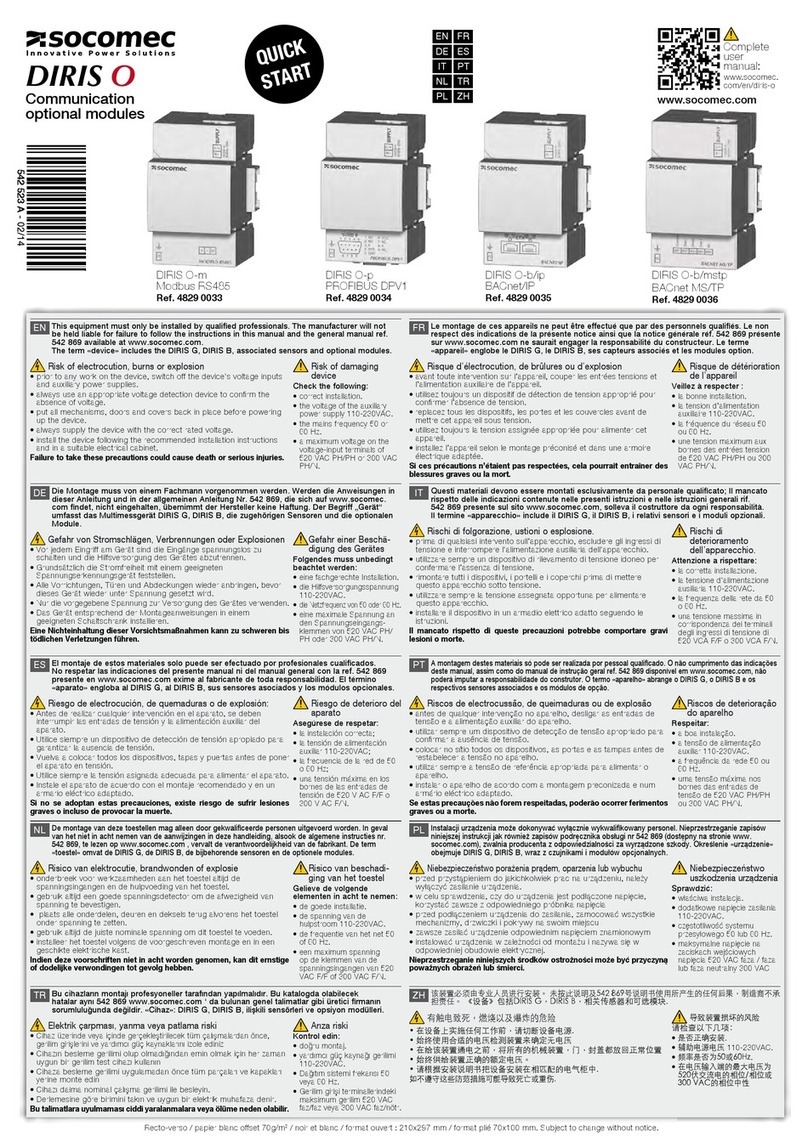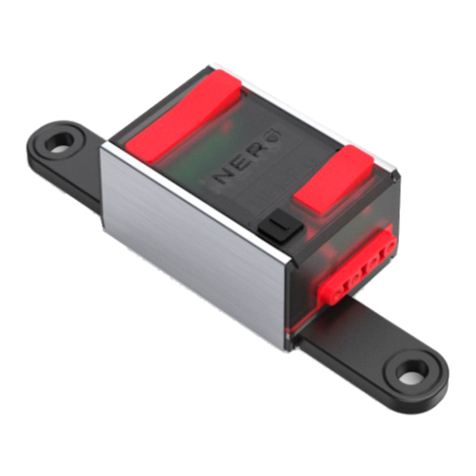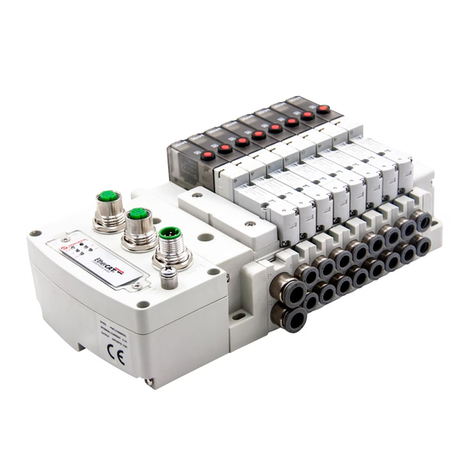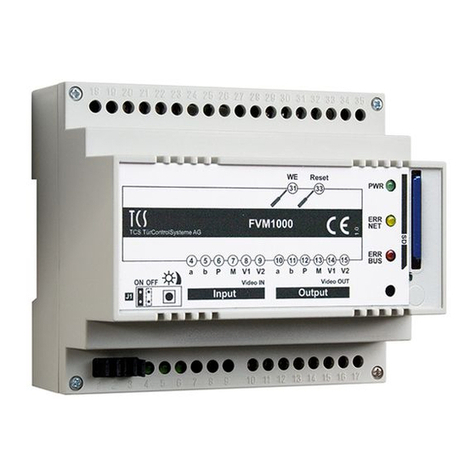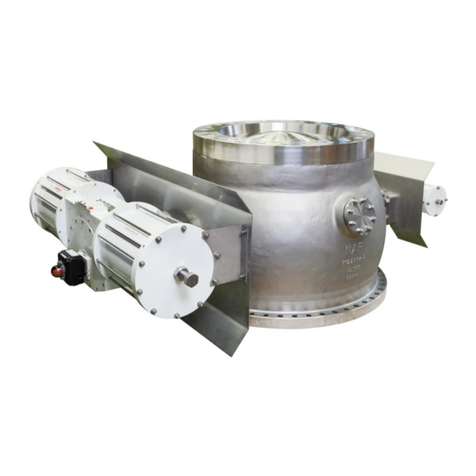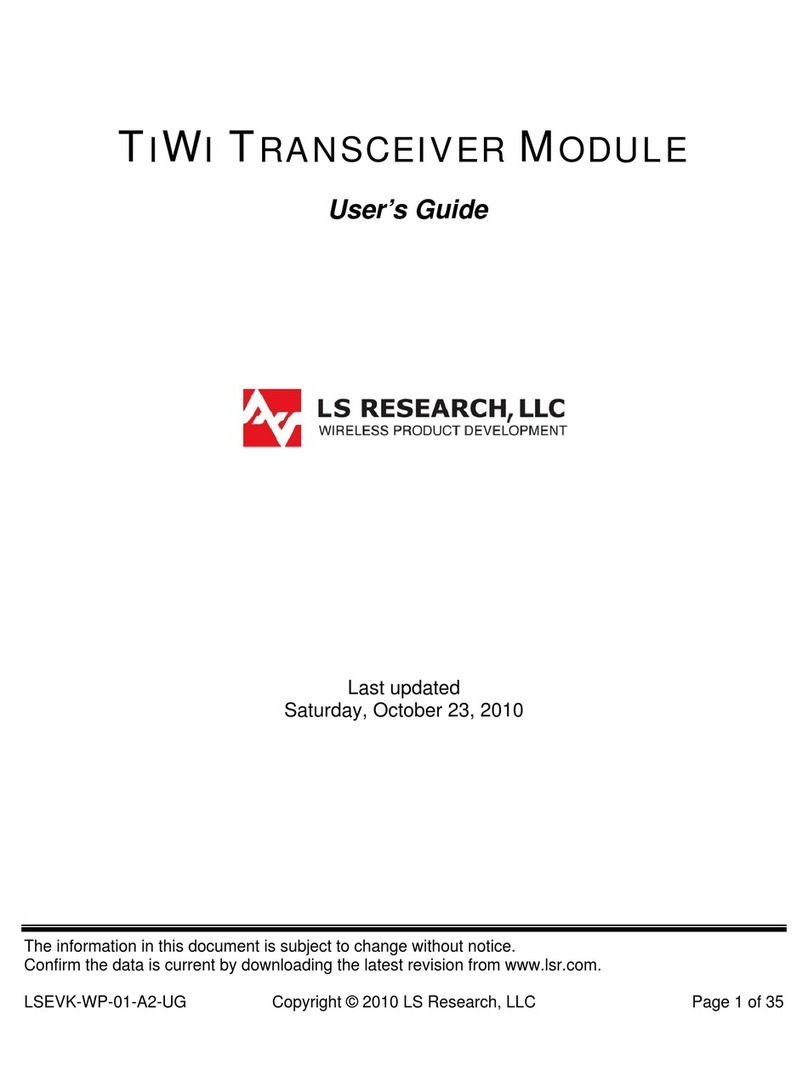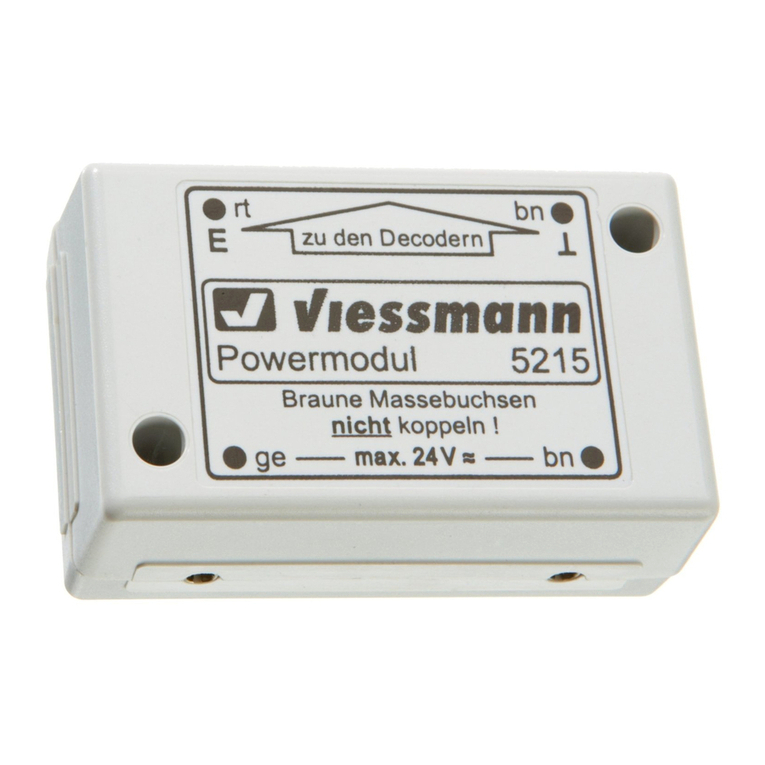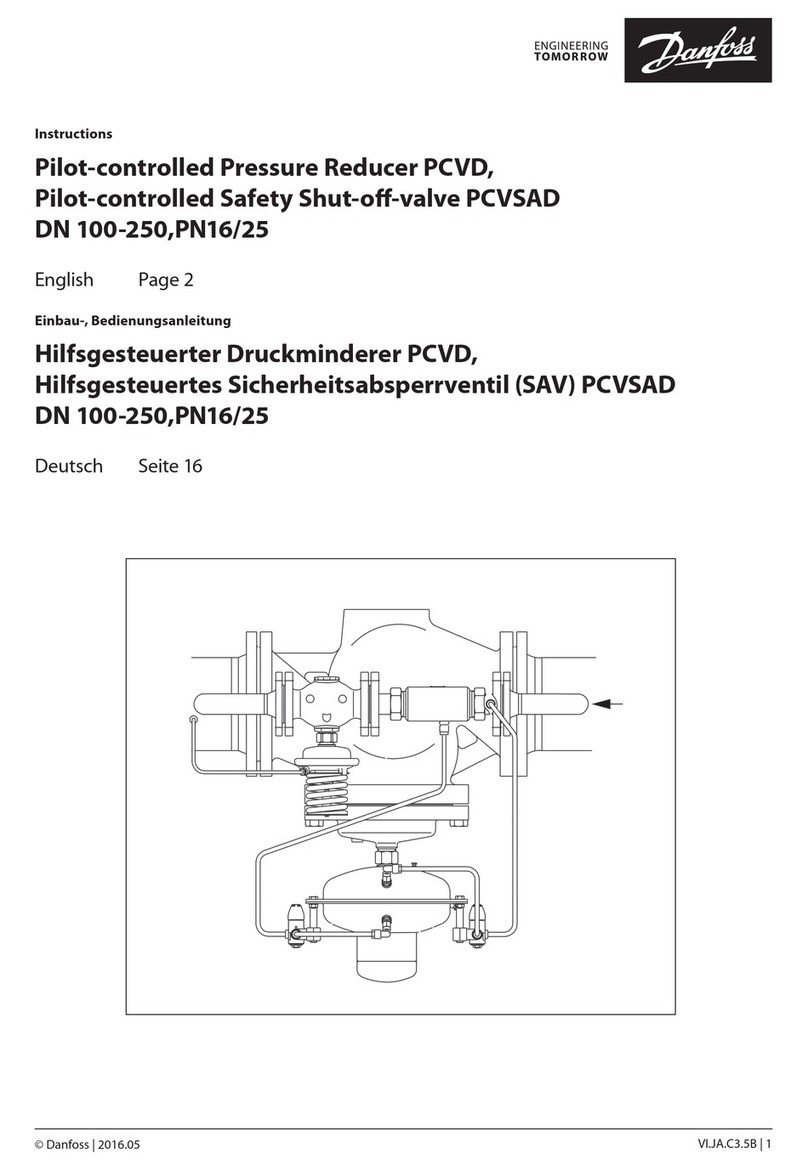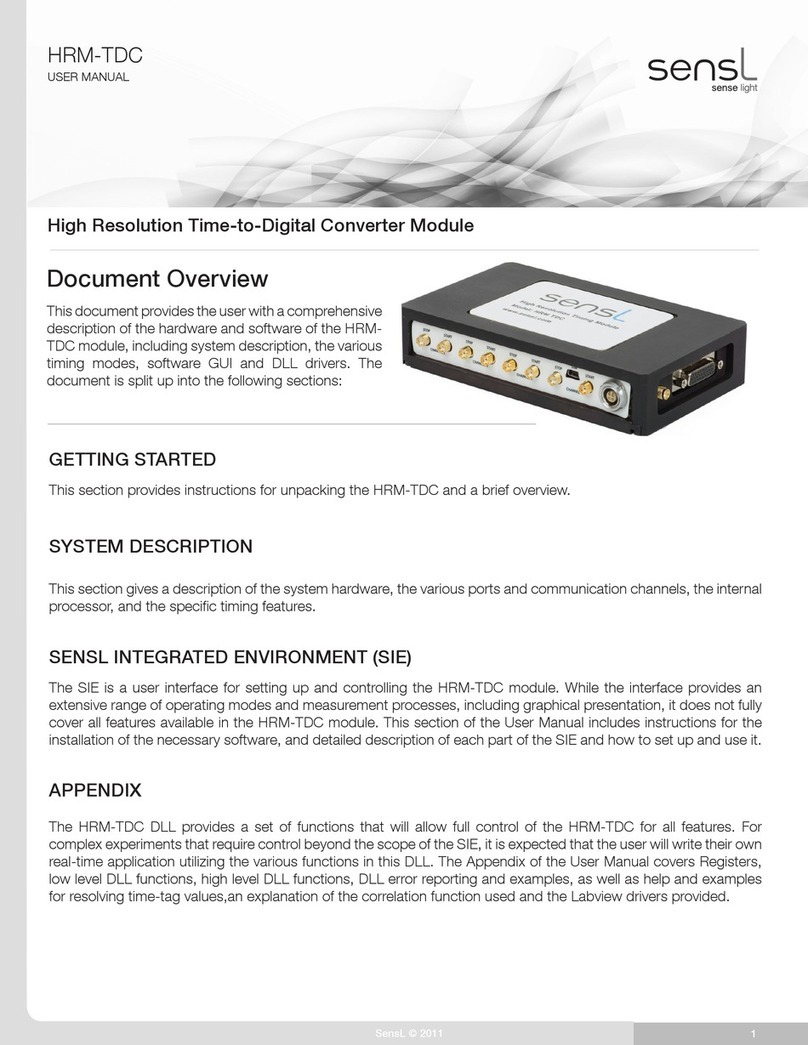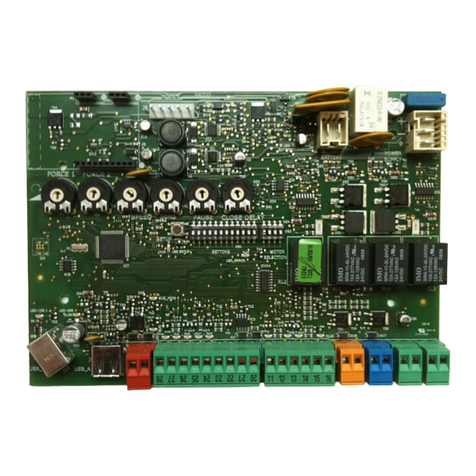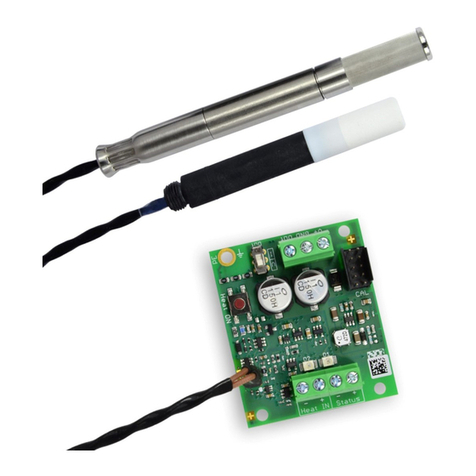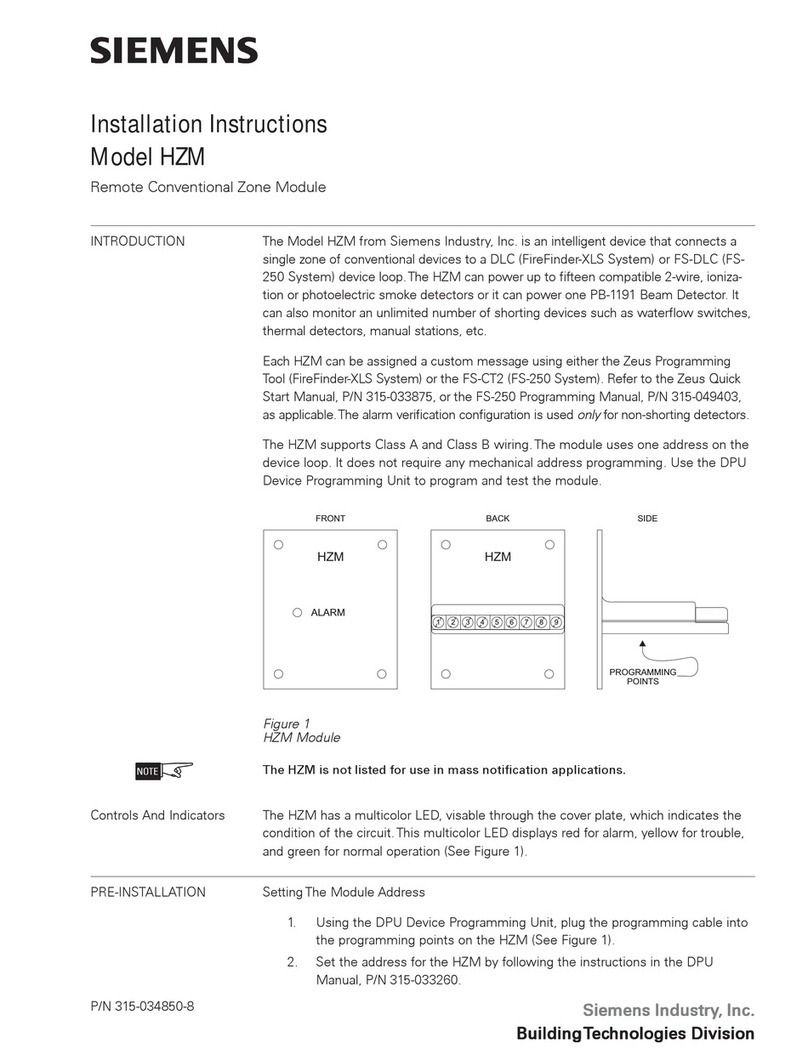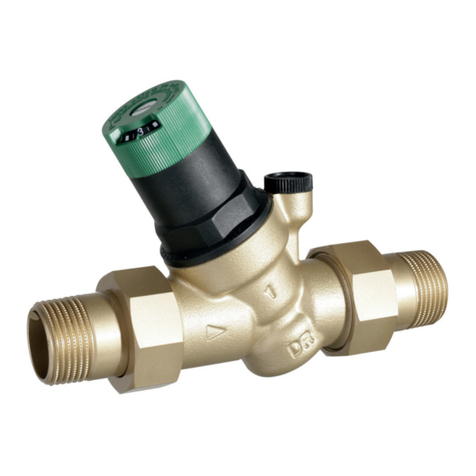PRO CYC SYSTEM 3EZ User manual

PRO CYC®PRO CYC, INC. SYSTEM 3EZ™
Rev 7-31-19 PATENT PROTECTED Page 1 of 5
ASSEMBLY
INSTRUCTIONS
SYSTEM 3 EZ
Congratulations on your decision
to use the world’s most advanced
and user-friendly cyclorama
system. We have taken a great
deal of care to create and ship
your cyc, so please take a minute
to visually inspect the crate before
you sign the receipt to accept the
shipment. Are there any signs of
damage, including puncture holes
in the crate, or shattered or
stressed wood?
If there is visible damage, insist
that the damage be noted on your
bill of lading and that either the
delivery person or a representative
from the delivery company be
present when you open the crate.
All Pro Cyc crates are custom
made for each order. Pro Cyc will
not honor claims for damage if the
bill of lading has been signed
without noting and alerting the
carrier of damage to the crate. The
only exception is if the damage is
internal. In that case, keep the
crate so it can be inspected.
Review your Pro Cyc shipment to
make sure all items listed on your
quote match up to the items
shipped. If there is a discrepancy,
please call us right away to get the
problem resolved.
Let’s Assemble Your Cyc:
1. Tools
You will need the following tools &
supplies for assembly of the cyc:
Circular saw
Stud finder
Sockets and drivers; 7/16”
Clamps or vise grips
Chalk line
24” long level
Carpenter’s square
1/8” drill bit and drill motor
Roto-hammer with 5/32”
masonry drill bits (only if
attaching cyc to concrete
wall or floor)
Counter sink
Canned air
Dry mortar mix (One 80-
pound bag for every 12
linear feet of cyc floor
length)
Framing hammer
Screwdriver (Phillips &
flat)
Palm sander w/60-grit
sandpaper
Clean shop towels or
cloths
4” minimum width
horizontal furring strips or
plywood –enough to
match up to total length of
floor cove cyc-to-wall
contact area
Vertical furring strips or
plywood - same width as
the distance on center
between studs in your
wall. The height of these
strips needs to be 39 1/2
inches less than the
overall height of your
finished cyc. You should
have two furring strips or
pieces of plywood this
size for every corner in
your cyc. (L-shaped cycs
have one corner; U-
shaped cycs have two
corners.)
All furring strips or
plywood should be the
same thickness as the
sheetrock in your wall
Sheetrock knife
Drywall tools
Pro Cyc’s Grey Bonding
Primer
Paint
Paint supplies
ABS plastic glue or
cement (Available in
plumbing supply stores.
This adhesive is only
required if you need to
trim your cyc to fit your
studio.)
2. Sanding the Modules
Sand the entire surface of each
cyc module with 60-grit
sandpaper. This will provide for
better paint adhesion.
Also sand the outside edges and
the side flanges with 60-grit sand
paper. This will provide for better
joint compound adhesion and help
create a non-slip surface when
bolting the modules together.
Sanding before assembly will help
make sure outside edges coming
in contact with the joint compound
are not missed.
After sanding, clean each module
with a damp cloth. Dust from the
sanding process can interfere with
paint and joint compound
adhesion. This is also a good time
to clean the sanding dust from
your studio.
3. Framing
For cycs with corner pieces, begin
in the corner of the wall where you
will remove two strips of sheetrock
and replace them with furring
strips or plywood so you have a
solid surface to which you attach
your Pro Cyc corner modules. The
first step is to slide your bottom
Pro Cyc corner section into the
corner. Next, use a pencil and
trace around the two vertical
edges of the corner module. This
will be approximately 37 ½ inches
from the corner. Pull the corner
away from the walls, so you have
room to work. Next, using a stud
finder, locate the studs in your
existing wall. From the lines
marking the vertical edges of your
corner section, locate the closest
stud inside each line and outside
each line. Remove the sheetrock
between the two studs on the left
and the two studs on the right.
Begin this process by cutting the
sheetrock with a knife or circular
saw 39 ½ inches above the floor
and up to the planned height of
the top vertical module. (BE
CAREFUL NOT TO CUT

PRO CYC®PRO CYC, INC. SYSTEM 3EZ™
Rev 7-31-19 PATENT PROTECTED Page 2 of 5
COMPLETELY THROUGH THE
SHEETROCK WITH A CIRCULAR
SAW. IF THE STUDS ARE
METAL THE DAMAGE CAN BE
STRUCTURAL. COMPLETE THE
CUT WITH A SHEETROCK
KNIFE.) Make the cuts through the
sheetrock, along the center of
each stud. Remove the sheetrock
between the studs and replace it
with plywood or furring strips that
are the same thickness as the
sheetrock you removed.
Now you need to remove
horizontal strips of sheetrock
along the top of the floor coves’
length and width of your cyc and
replace them with plywood or
furring strips so you have a solid
surface to which you attach the
top of your floor-cove modules.
Begin in the corner and measure
out at least as long and wide as
your cyc. Terminate each strip into
the stud that is equal to or
longer/wider than your cove unit.
Each strip should go underneath
the furred out vertical strips you
have in place. Measure up from
the floor 35 ½ inches and mark the
wall at either end of your cyc.
Next, mark the wall 4 inches
above your first mark. Use a chalk
line to mark the area to be
removed. Using a sheetrock knife
or a circular saw, remove the
sheetrock between your two lines
and replace it with plywood or
furring strips that are the same
thickness as the sheetrock wall.
(AGAIN, BE CAREFUL NOT TO
CUT COMPLETELY THROUGH
THE SHEETROCK WITH A
CIRCULAR SAW. IF THE STUDS
ARE METAL THE DAMAGE CAN
BE STRUCTURAL. COMPLETE
THE CUT WITH A SHEETROCK
KNIFE.)
NOTE: Adding an additional layer
of sheetrock (on top of your
existing sheetrock with furring
strips) will help with soundproofing
and it will also render an improved
fire rating. If you choose to install
a second layer of sheetrock make
sure to use drywall screws that are
long enough to reach the furring
strips when you attach the Pro
Cyc modules to the wall.
4. Trimming Your Cyc to Fit
Your Studio (See Figure L)
Snap a chalk line at the desired
length and use a circular saw to
cut the module to the size.
Next, cut the remaining part one
inch from the flanged end so you
can re-attach the flange.
Clean off any burrs or debris from
the plastic before using ABS
adhesive or cement (available in
plumbing supply stores) to fasten
the flanged end behind (under) the
cut-to-length module. Clamp the
parts together until the glue is dry.
You will need to trim the floor
and/or wall side of the flange back
to the point where it will allow you
to align the face of the trimmed
module with the face of the
adjoining module.
5. Assembly
With your plywood or furring strips
in place, begin to assemble your
Pro Cyc modules. Before
assembly, make sure that the
flanges on the modules do not
prevent the cyc from fitting flush to
the floor or wall. If a flange holds a
cove end off the floor or wall,
simply grind down the flange in
that area. Assemble your cyc
away from the walls so you have
adequate space to work.
To attach the horizontal floor-cove
modules to the corner module,
install ¼”-20 x 1” bolts, nuts and
washers in the predrilled holes on
the flanges of the parts. Before
final tightening use the straight
edge again to make sure the
modules are flush on the face.
Repeat this procedure for each
cove module. Follow the same
steps to assemble the vertical
cove modules.
6. Attach the Cyc to the Wall
After all of the cyc modules have
been attached to one another –
and you have checked to make
sure the modules are all flush on
the face –push the cyc unit into
place in the corner and along the
wall. When the entire unit is
against the wall, continue to shift
the cyc back and forth until all
areas seem to be against the wall
and floor.
Begin by attaching the corner
module to the wall. Use a 1/8-inch
drill bit to drill through the holes in
the module and into your plywood
or furring strip. Starting in the
corner, work your way up and out
from the corner and attach the cyc
to the wall with 1-1/4” Phillips
drywall screws and Liquid Nails
construction adhesive. Make sure
the modules remain parallel to the
furring strips or plywood and that
the cyc does not “climb” or “sag”
as you move away from the corner
and proceed to the ends of the
cove unit.
7. Fastening the Bottom Edge to
the Floor
After the top and sides of the
corner modules and the top of
your floor coves have been
attached, it is time to position and
fasten the bottom of your cyc to
the floor. Using both hands, grab
the cyc from underneath, pull it
forward, and then let it fall gently
into place.
To secure the cyc to the floor,
begin in the corner and work
toward each end of the cyc.
Drill through the cove modules into
the floor. If you are attaching to
concrete, you should use a roto-
hammer and 5/32” carbide
masonry drill bits to install 3/16” x
1-1/4” flat-head Phillips concrete
screws. Drill the holes a minimum
of 1-1/2” deep. If you are fastening
into a wood floor, you should use
1/8” drill bits to install 1-1/4”
Phillips drywall screws.

PRO CYC®PRO CYC, INC. SYSTEM 3EZ™
Rev 7-31-19 PATENT PROTECTED Page 3 of 5
Before installing the screws blow
out each hole with canned or
compressed air.
8. Finish the Joints and the
Tapered Edge at the Floor
The tapered edge at the floor may
be done either simultaneously with
the joint mudding or subsequent to
the joints. The completed
feathered edge at the cyc-to-
studio floor transition will typically
extend 4” to 6” in front of the front
edge of the cyc modules. This
feathered edge completes the
radius of the cove module.
The process for finishing the joints
and the tapered edge at the floor
is the same:
Make sure that the surfaces of all
modules are properly sanded (see
Step 2.) and wiped down in order
to remove sanding dust. Use a
self-adhesive fiberglass mesh tape
on the joints. Be sure to press the
tape into the crack with your finger
as you apply the tape. Use a 90-
minute drywall mud such as
Durabond 90 Setting Type Joint
Compound to mud the joints.
DO NOT USE EASY SAND JOINT
COMPOUNDS, AS THEY HAVE
POOR TACKING QUALITIES.
ALLOW PLENTY OF TIME FOR
THE MUD TO COMPLETELY
DRY BEFORE APPLYING
SUBSEQUENT COATS. This is
because moisture can only escape
through the face of the joint.
Wet sand or dry sand the joints
and re-coat with the 90-minute
mud. Wet or dry sand again. For
the third and final coat, use a
regular box or bucket mud, such
as Beadex All Purpose Joint
compound, to float out the seams.
Sand and wipe down the cyc one
last time before painting.
Do not cap off the ends or the
top of the corner on your cyc. It
is important to allow the free
flow of air behind the cyc.
Temperature differences
between the front and the back
of the cyc can create uneven
expansion and contraction. This
can cause drywall mud to crack.
9. Reinforce the Tapered Edge
at the Floor
To provide additional support to
the cyc, put dry mortar mix
underneath the area where the
cyc meets the floor. Do this to a
height of approximately 1-1/2” as
depicted in the drawing below.
Use a spray bottle to spray water
on the back side of the mortar mix
and allow mortar to set.
10. Prime & Paint the Cyclorama
Wipe the entire cyc with a clean
damp cloth –including the
sheetrock wall. It is now ready to
be primed. Apply one generous
coat of Pro Cyc’s Grey Bonding
Primer using a 9” roller with a 3/8”
nap. Use a 3” or 4” roller in the
corner area.
Paint your cyc with either a roller
or an airless spray gun. See Pro
Cyc’s Helpful Construction Hints
(available for download on our
website) for useful tips on painting
your cyc with a roller.
Repaint as often as necessary
over the life of the cyc. Clean
between each coat. Wearing
surgical booties and/or putting
plastic on the floor coves during
rehearsal or studio prep will
prolong the time between new
coats of paint.
11. Questions?
Please give us a call at:
(503) 723-7448. You can also
email us at:
Instructions, videos, schematics,
helpful construction hints and
other recommendations can be
found on our website:
www.procyc.com
Scan this QR Code for a link to an installation video for System 3EZ. Please note –if you find any differences
between the video and the written installation instructions always follow the written instructions.

PRO CYC®PRO CYC, INC. SYSTEM 3EZ™
Rev 7-31-19 PATENT PROTECTED Page 4 of 5

PRO CYC®PRO CYC, INC. SYSTEM 3EZ™
Rev 7-31-19 PATENT PROTECTED Page 5 of 5
